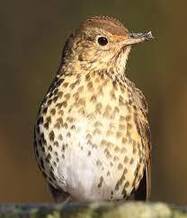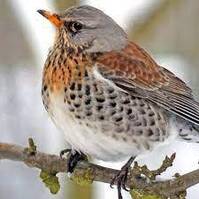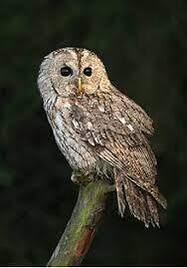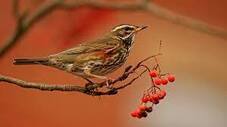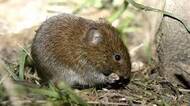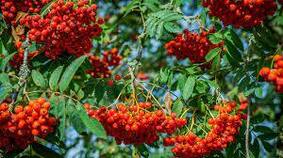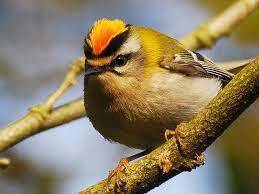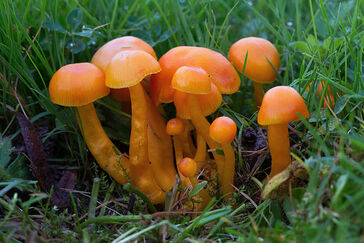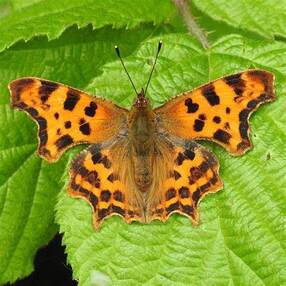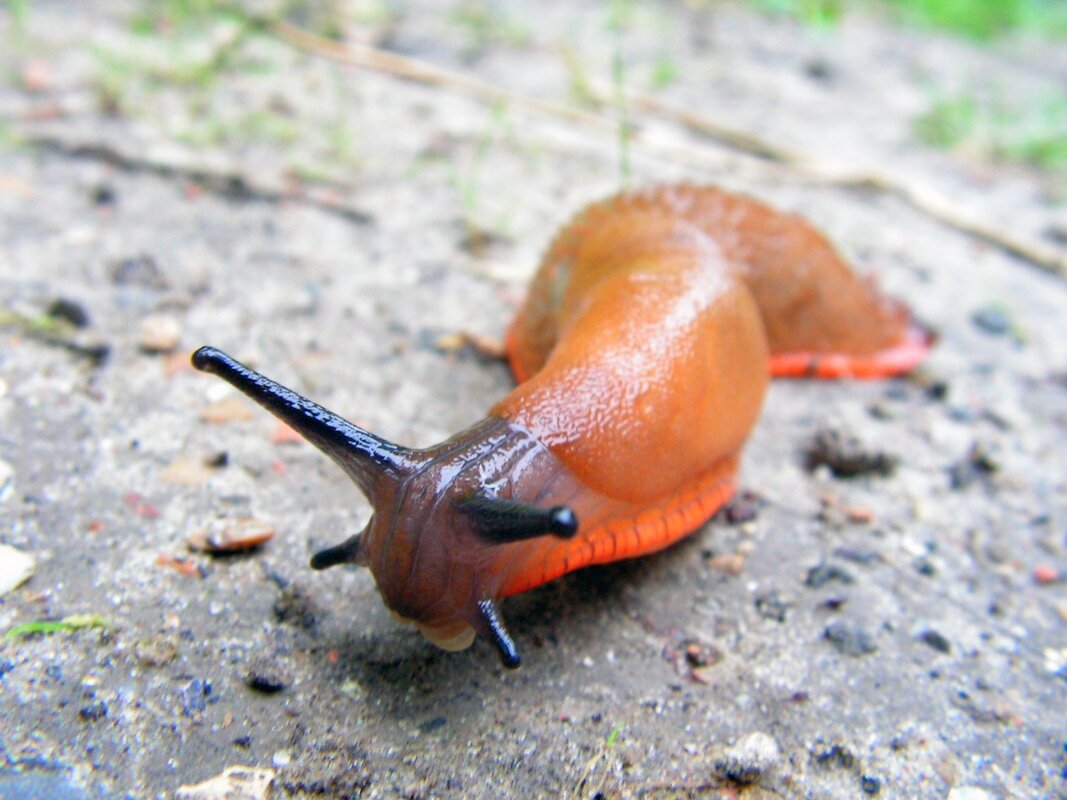October was once ‘Gort’, the Pagan month of ivy. Our ancestors realised that ivy flowers – curious, greenish-white clusters that erupt at this time of year – are an important source of life when most other flowers have long since died back. Usually the blossom is alive with grateful hoverflies and other insects, making it a valuable garden plant.
|
Information from British Wildlife, British wildlife in October - Discover Wildlife
